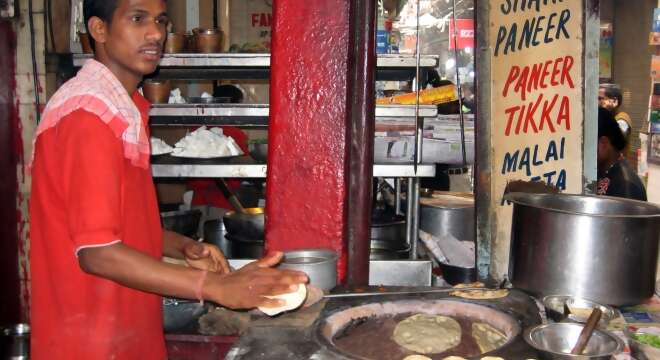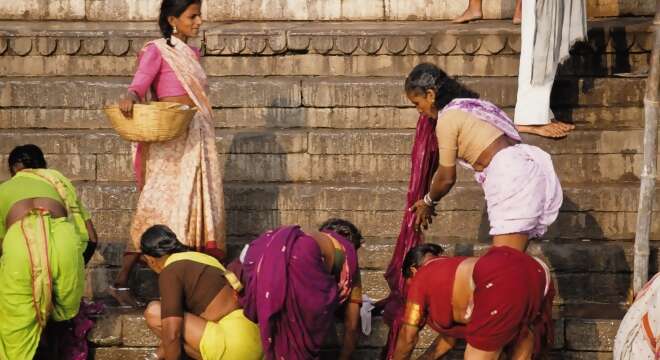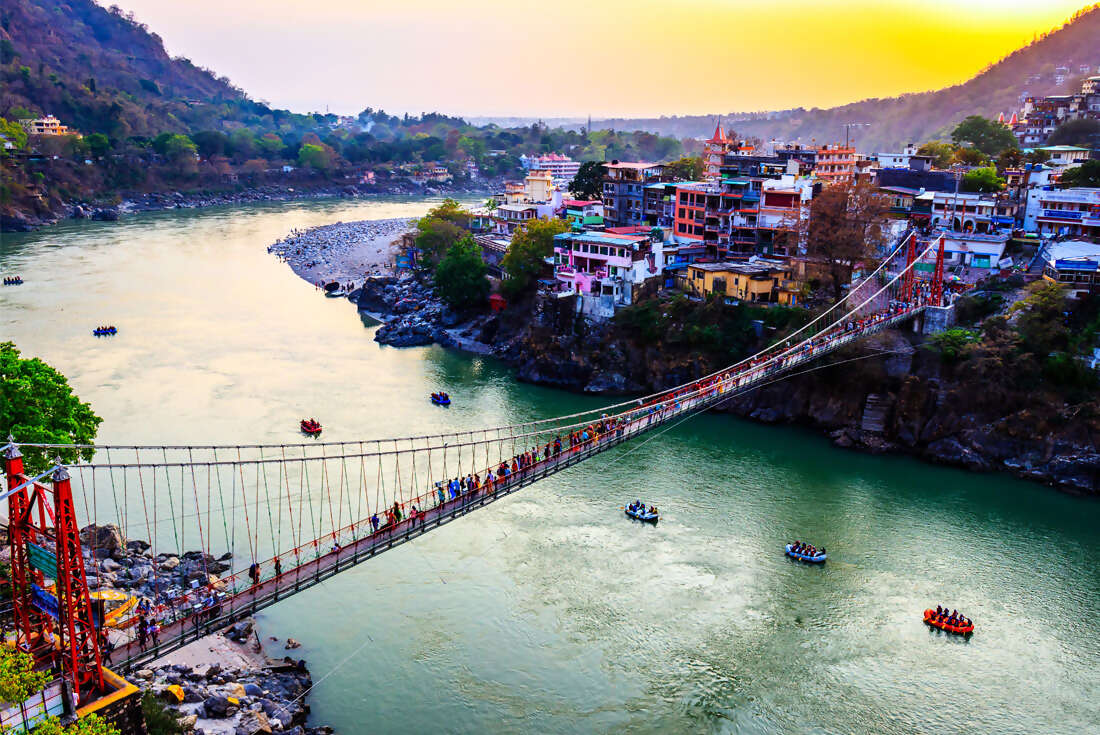 Experience the real India on this comfortable introduction to the cultures of north India and the lush beauty of southern India. Travelling from Delhi in the north to Trivandrum in the south, discover everything that India has to offer. The highlights and hidden jewels are revealed against a backdrop of green on a Kerala tour and in the vibrant towns of Rajasthan. Visit India's flamboyant major cities and the quiet repose of tiny fishing villages, along with tea gardens, tribal homes and colonial enclaves. Discover the culinary delights of each region and stay in colourful hotels, heritage accommodation and even a palace!
Experience the real India on this comfortable introduction to the cultures of north India and the lush beauty of southern India. Travelling from Delhi in the north to Trivandrum in the south, discover everything that India has to offer. The highlights and hidden jewels are revealed against a backdrop of green on a Kerala tour and in the vibrant towns of Rajasthan. Visit India's flamboyant major cities and the quiet repose of tiny fishing villages, along with tea gardens, tribal homes and colonial enclaves. Discover the culinary delights of each region and stay in colourful hotels, heritage accommodation and even a palace!
Highlights
Discover the man-made beauty that lies across the north of India – from Jaipur’s ‘Palace of the Winds’ and Royal City Palace, Agra’s Red Fort and iconic Taj Mahal, to the carved steps leading down to the river in Varanasi
The magical splendour of the Taj Mahal is a must-see on any North Indian odyssey. Enjoy a guided exploration of this immaculate icon. Here's what you need to know before your visit: https://www.intrepidtravel.com/adventures/taj-mahal-travel-guide/
Be immersed in the spirituality of India – the Jama Masjid mosque in Delhi, the ghats of Varanasi, Kama Sutra carved temples and Buddhist pilgrimage sites; evening prayer ceremonies, ancient bathing rituals and candle flower ceremonies on the Ganges
With its idyllic lifestyle and contemporary feel, Puducherry is a beautiful seaside town to explore
Learn about the man who dedicated his life to the independence of India at The National Gandhi Museum
Explore one of the most biodiverse parts of the world, the jungles clad Western Ghats of South India, full of waterfalls, tea plantations, and spice markets
Ferry-hop between the islands of Fort Kochi to discover palaces, temples and Portuguese architecture at every turn





- You will visit the following places:
-

Agra
Agra is a city on the banks of the river Yamuna in the northern state of Uttar Pradesh, India. It is located at the banks of river Yamuna, 363 kilometres (226 mi) west of state capital, Lucknow and 200 kilometres (124 mi) south from national capital New Delhi. With a population of 1,686,976 (2010 est.), it is one of the most populous cities in Uttar Pradesh and the 19th most populous in India. Because 80 percent of the city's sewage flows into Yamuna River, it is 20th most polluted city in India. The city is a major tourist destination because of its many splendid Mughal-era buildings, most notably the Tāj Mahal, Agra Fort and Fatehpūr Sikrī, all three of which are UNESCO World Heritage Sites. Agra is included on the Golden Triangle tourist circuit, along with Delhi and Jaipur. The city has little else to recommend it. Pollution, especially smog and litter, is rampant and travellers are pestered by swarms of touts and hawkers at every monument, mosque, temple or palace. That said, the sites are some of the wonders of the world and no trip to India is complete without at least one visit to the Taj!
-

Jaipur
Jaipur is the capital and largest city of the Indian state of Rajasthan in Northern India. It was founded on 18 November 1727 by Maharaja Jai Singh II, the ruler of Amer after whom the city is named. As of 2011, the city has a population of 3.1 million, making it the tenth most populous city in the country. Jaipur is also known as the Pink City of India. Located 260 km from the Indian capital New Delhi, Jaipur forms a part of the Golden Triangle tourist circuit along with Agra (240 km). Jaipur is also a popular tourist destination in India and serves as a gateway to other tourist destinations in Rajasthan such as Jodhpur (348 km), Jaisalmer (571 km) and Udaipur (421 km).
-

Varanasi
Varanasi is a historical city in northern Indian state of Uttar Pradesh. Once known as Benares or Banaras and Kashi, the city is sacred to Hindus and Jains and also one of the oldest continuously inhabited cities in the world, with settlements dating back to the 11th century BC. Many Hindus believe that dying in Varanasi brings salvation/nirvana and so they make the trip to the city when they realize that they are close to death. For some, the culture shock of the burning corpses in plain view and the feces overflowing from the Ganges can be a bit overwhelming. However, the scene of pilgrims doing their devotions in the River Ganga at sunrise set against the backdrop of the centuries old temples is probably one of the most impressive sights in the world.
-

Chennai
Chennai, formerly known as Madras or Madarasapatinam, is the capital city of the Indian state of Tamil Nadu, located on the Coromandel Coast of the Bay of Bengal. Chennai being the fourth most populous metropolitan area and the fifth most populous city in India, it is also the world's 36th largest metropolitan area. It is a major cultural, economic and educational centre. Chennai is known as the "Detroit of India" for its automobile industry. The city is ranked as a beta-level city in the Global Cities Index and was ranked the best city in India by India Today in the 2014 annual Indian city survey. Chennai has also been named in the "hottest" cities to live in for 2015 by BBC among global cities with a mixture of both modern and traditional values. National Geographic ranked Chennai as world's 2nd best food city and it was the only Indian city to feature in the list! As a growing metropolitan city in a developing country, Chennai confronts substantial pollution and other logistical and socio-economic problems. It has been selected as one of the 20 Indian cities to be developed as a smart city under PM Narendra Modi's flagshipSmart Cities Mission.